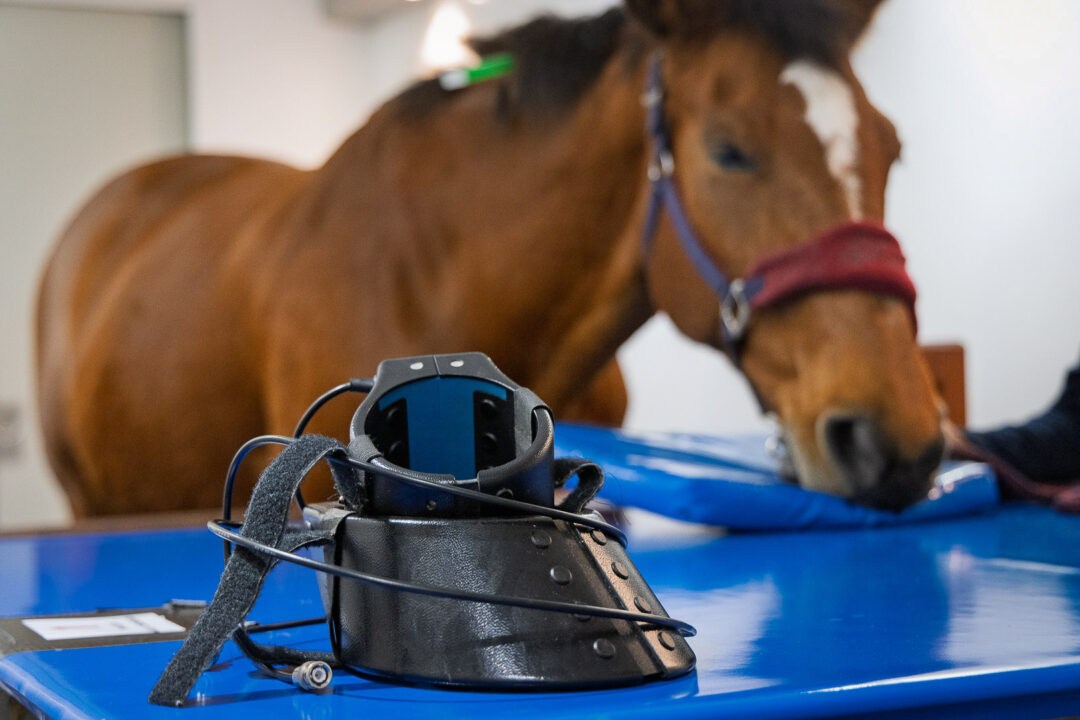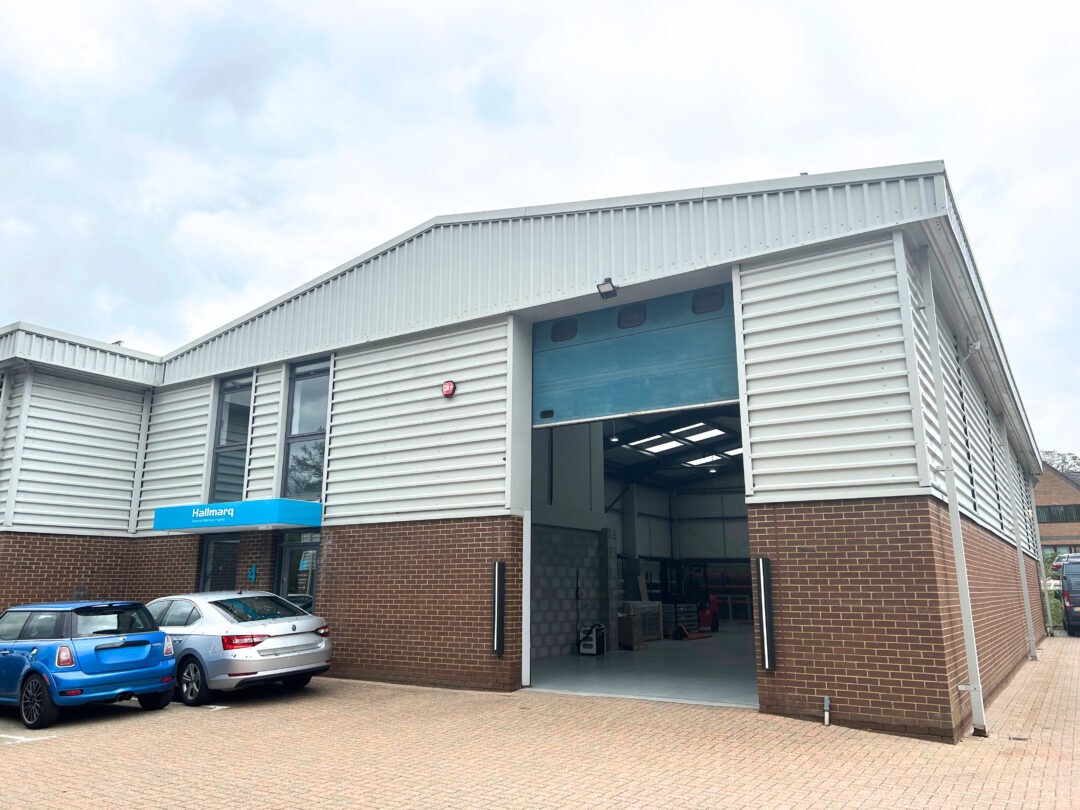There’s much more to marketing veterinary MRI services than simply letting people know that you offer this service. Since many equine veterinarians and horse owners don’t have experience with standing equine MRI, you have to educate and provide the right information to both in order to cultivate trust and change behaviors.
As you think about adding veterinary MRI services to your practice, consider how to reach your peers and clients in order to educate them on the benefits of standing MRI.
Specialists with equine MRI should gear their marketing toward two target audiences: referring veterinarians (your primary audience) and horse owners (your secondary audience). Each audience requires unique content, messaging and channels.
Here are five things to consider in marketing your veterinary MRI services.
#1. Build Trust With an Open House for Referring Veterinarians
One of a referring veterinarian’s biggest fear is that a specialist might “steal” their clients. An open house can help foster and nurture relationships within the referring community to help eliminate those fears. Invite first opinion practitioners to come see the MRI equipment, the process for scanning and the type of results they can expect to receive.
Share images in the form of case studies and make it clear when MRI would be used as an extension of their services. Be clear that clients remain with the first opinion practitioner. Just like when their own physician refers them to a specialist, everything (including interpreted scans) returns to the primary or referring provider[1] for treatment decisions.
#2. Work With an Agency to Produce Content
If you don’t have the expertise or resources for marketing veterinary MRI services in house, work with an agency that can help you execute your marketing ideas. Ideally, you’ll want to work with an agency with expertise in animal health or veterinary matters and social media and content experience.
The agency’s primary goal should be to educate your audience on the benefits of standing MRI and when it should be used. You might start by producing a press release, for example, that includes a case study from a local client. An agency can also help you develop an email marketing campaign to directly educate referring physicians.
#3. Update Your Website With Case Studies and Professional Images
Your website is central to your marketing efforts and can host much of the information as well as answer typical questions from both audiences.
Take professional photographs of the equipment and the imaging process for your website. These will help eliminate fears around advanced imaging and make you and your site look experienced, professional and trustworthy. Use video to help tell the story by interviewing your staff, horse owners and referring veterinarians on their experiences with veterinary MRI services.
Work with your agency to produce case studies on a regular basis. Develop one version of each case study that’s written for a clinical audience and one that’s more story-oriented for horse owners.
Your agency partner may be able to provide these services, or you can work with subcontractors to produce some of these assets.
#4. Develop a Social Media Presence
Horse owners are very likely to be found on social media. Post links to content on your website that addresses the benefits of standing MRI for equine health. For this audience, keep the language general and easy to understand as opposed to clinical. Your goal is to educate horse owners well enough that they feel empowered to ask their veterinarian about equine MRI services.
Visual assets, like images and video, are especially powerful on social media. Work with your agency to develop eye-catching content such as infographics. Infographics can translate complicated material into an easy-to-digest format. Develop infographics outlining:
- What MRI is, with a high-level explanation of the technology
- How the process works, explaining what the horse goes through
- When to use MRI vs other imaging modalities, and why
Infographics answering these questions can educate your audience in a clear, concise way that resonates on your social channels.
Some visual collateral is available through Hallmarq’s Q-Care community website. Only current Hallmarq customers can register to access these benefits.
#5. Invest in Targeted Print Ads and Brochures
Every audience is different. If your local paper still has a significant number of subscribers, consider placing print ads for your veterinary MRI services. Advertising in a local paper could help drive awareness for both referring veterinarians and horse owners.
Hallmarq, for example, takes out print ads in local publications such as The Texas Horseman and Pacific Coast Journal to drive awareness of your standing veterinary MRI services.
Brochures can be very informative and help ease the client’s concerns regarding MRIs. Offer branded brochures to referring veterinarians so that they have an educational resource to share with owners when referring them for veterinary MRI services.
Brochure content should be educational and easy to read. It should answer the basic questions: What is MRI? Why would my horse need it? What is the process? What is covered by insurance?
The key is to create a plan that best fits your local community, measure your success, and revisit on a regular basis.
Hallmarq’s Q-Care program offers marketing support and management. Marketing support helps ensure a successful system launch, and we offer ongoing help with campaigns targeted to your local audience.







